
Productivity for Parents
Square’s Restaurant Product Lead on integrating career and family
April 16, 2020
As soon as he woke up, Kevin Yien knew something had to change.
He had fallen asleep mid-sentence with his wife. She was looking at him with a half-confused, half-concerned expression, like she was waiting for him to finish speaking. But he couldn’t finish what he was saying because he couldn’t remember what it was. They had been talking about, something, when suddenly — CONK — he was out like a light.
Before parenthood, Kevin wasn’t like this. Sure, he had lived the stereotypical startup lifestyle. He was a high powered product lead at Square, and so he worked almost all the time, hammering away at his infinite todo list.
But he always got sleep. He had never been so tired and overworked that he literally fell over mid-sentence.
Parenthood changed everything for him.
When his first daughter was born, the world stopped for a moment. He instantly fell deeply in love with his first child the moment he held her. Overnight, something that wasn’t even on his todo list blew up the entire thing.
This set up the biggest challenge Kevin had ever faced. He wanted to be the best dad he could be to his daughters, and he also wanted to prove he could still go as hard at his job as he had before.
So he decided to do both. He resolved to work as if nothing had changed — taking on every project he could, filling his todo list to the brim, and burning the midnight oil. And he’d also, somehow, be there to take care of his young daughters and help them grow up.
Cue the scene where Kevin passed out mid-sentence on his wife.
After that day, Kevin knew something had to give. He knew he couldn’t show up to work in the same way as he had before and show up for his family in the way he wanted to. But he also didn’t want to put his career on pause.
He wasn’t looking for tradeoffs, or balance. He was looking for harmony. A way to make each aspect of his life strengthen and reinforce the other.
This is the system he used to find it. As he walked me through his process, I realized there's a lot here not just for parents, but for anyone that struggles to integrate all of the things that matter in their lives. Kevin is full of both insights and soul in equal measure, and I’m so excited to get to share him with his list.
Let’s dive in!
Kevin introduces himself
Hi, I’m Kevin Yien. I’m a product lead at Square. I have a wife and two incredible daughters. I like to make ice cream.
How he dealt with the new reality of limited time
Early on in my career, time constraints were an illusion.
I thought I had limited time when it was just me and my wife, but really I had all the time in the world. Before my kids were born, I might spend hours and hours shopping for headphones, or mindlessly browsing the internet, or watching TV.
Parenthood changes all of that in an instant.
My calendar was suddenly a warzone. I was constantly juggling parenting responsibilities with a work schedule that I didn’t really understand or have control over. And after my first late daycare pickup I suddenly realized that wasted time was costing me serious money. $5 for every minute, to be exact. But more than that was the emotional cost. The look on my daughter’s face as the last kid to be picked up.
At first I felt overwhelmed and anxious about the situation. I started to feel like the constraints of fatherhood would hold me back. Every minute that I was spending on my kids was another minute that I wasn’t working, after all.
But in product design we actually use constraints to come up with creative solutions. So I started to work within the constraints that fatherhood provided for me. And I’ve found the solutions I came up with to often be better than the habits they replaced.
When I started to try to solve this problem, I knew I needed to make sure my calendar reflected my goals at home and at work.
So my first step was to get control of how I was spending my time.
Kevin structured his week around immovable “rocks” of time
To start, I used a time management framework called Rocks, Pebbles, and Sand. Basically, a rock is any big chunk of immovable time — things like daycare or dinner time with family. Pebbles are smaller chunks of work that can go around the rocks. And then sand is all of the adhoc stuff that you can’t plan — Slacks, informal conversations, etc. — which fit inside the spaces left by everything else.
To identify my rocks and pebbles, I started with a Google Sheet to represent my schedule. Each column represents a day of the week, and each row is a 30 minute time block.
First I listed out all of the rocks in my schedule, and put those in my sheet. That helped me guarantee that the most important parts of my day were protected. These are things like family dinner time, or time in the morning to help the kids get ready that are non-negotiable for me.
(Do you want a copy of this template? Download it here.)
After placing big rocks, I let the smaller pebbles (like meetings) flow into the leftover spaces. I used colors to help create a visual breakdown of where my time is going.
Here’s what it looked like with pebbles (with actual meetings redacted).
Once my template was feeling good to me, I opened up my calendar and actually created calendar events to match my spreadsheet. By having time blocked off in my calendar, it makes it much easier for me to make sure the time I need to be with my kids or get work done is protected as much as possible.
I also set up auto-decline responses for big “rock” events so coworkers get notified and can understand why I can’t make a meeting.
If someone tries to book a meeting with me during one of my “Kiddos” blocks, they will get an email that says, “Thanks for thinking of me! I have dedicated this time to take care of my kids. Please share any relevant updates async. If it’s critical for me to attend, please reschedule.”
I’ve been really, really lucky to work in an environment where my co-workers are always understanding and respectful of these messages. Not all companies are like this, but some do exist.
How Kevin starts his workday
The kids are my alarm clock. They’re the first thing I do. You get them ready, brush their teeth, give them breakfast, all those things. Then, whenever they're ready to go, I'll dive into work.
I start with Things.
In my Things, I have this recurring Daily Review task that pops up every day. It’s just a checklist:
It reminds me to clear all of my inboxes first thing for messages that I’ve amassed over the past day, and make sure I’m set up to work. Then I take a quick breath to calm myself, and start to organize my “Today” todo list.
What I want to do is make sure that the only things listed in “Today” are actually my must-do tasks for that day. If it's not critical, then I move it to my Anytime todo list.
Then I just get cranking on whatever the first thing on my Today list is.
He uses Workflowy to keep a Daybook that tracks his meetings, notes, and thoughts
I use Workflowy to plan and take notes on my day.
I have a section in Workflowy that I call my “daybook” to help me with this. In my Daybook, every meeting on my calendar is a topline bullet.
When I’m starting my day, I’ll scan through the bullets in Workflowy and find any meetings coming up for the day where I’m the owner. I’ll then make sure that all of those meetings have prep notes in them as sub-bullets so that they’re ready to go when I need them.
Then when I’m actually in the meeting, I take notes inside of the bullet for that meeting as well. This is a really easy way to keep everything in one place.
He tags Daybook entries to build a library of learnings
One other thing I do as I’m filling out my Daybook is to make sure I tag things as they come up so I can review them later.
For example, if I learn a lesson in a meeting — maybe about how to manage people — I’ll write it inline in the meeting notes, and then tag it with #lesson. That way all of the things I learn get organized in a central place.
I’ll then come back later to review my #lesson tags to make sure the things I’m learning stick:
At the end of the day: Family time and a “second shift”
Once I get through my schedule of meetings and work for the day, I always have a large block of family time. It’s right after work, and we make dinner together and hang out.
This is one of the large “rocks” in my schedule, and having it as an anchor in my day makes sure that I’m always prioritizing my commitment to my family. I work on the East Coast and many of my colleagues at Square work on the West Coast — so this time is right in the middle of the workday for them.
At first I felt a little bit guilty about it, but I’ve managed to make it work by adding a “second shift” to my workday after the kids have gone to bed.
Second shift is a concept I borrowed from my parents, who worked hard when I was growing up, but also were home every evening. It’s a couple of hours of work at night that helps me be ready for the following day. It’s another rock on my calendar.
Second shift really allows me to feel OK unplugging and spending time focusing on my family, knowing I have a few hours later in the evening to clock back in. I originally intended it as time at night where my team could get in touch with me if they needed anything. But I found that they usually didn’t care whether I was online at night. So, I use the second shift just for my work now.
He uses sleepless nights to help him solve problems
Once I’m done working for the night, I’ll go to sleep. But that’s not always where the night stops.
As any parent will attest, a good night's sleep is never guaranteed. Nowadays, every night is like Russian Roulette on whether the kids will have a nightmare or need to use the restroom. Thankfully, I have a technique to help make some of the sleepless nights with kids a little bit less of a drain.
In philosophy class in college, we studied something called dorveille, or wakesleep. It’s a particular mental state in the middle between being awake and being asleep — and it’s something that most parents are all too familiar with.
Dorveille can seem like a waste, but you can actually get interesting things from your mind when you’re not fully aware. When I’m in a state like this, I’ll sit down and write in a stream of consciousness style.
I rarely remember what I wrote the next day but it is often surprisingly helpful at breaking through a problem I have been stuck on or exposing a hidden stress that I need to work through.
For instance, I was recently working on a new feature that hit a roadblock. The team held several whiteboarding sessions to walk through different scenarios, but couldn’t seem to resolve the problem.
One day I woke up to review an entry I had written in my half-asleep state, and it revealed a shockingly simple option we hadn’t considered. It wasn’t the full solution, but it sparked the conversations that led to something far better than we had imagined.
The same has happened in my personal life, often prompting discussions that I’m too afraid to have. As the kids get older, I know this technique will become even more valuable.
He uses a “Life” file to make sure he’s on track to meet both his career and family goals
Gretchen Rubin famously said “the days are long, but the years are short” in her book The Happiness Project. I have found this to be increasingly true as I’ve gotten older, expedited by children. Knowing how easily I succumb to old habits, I’ve developed a “Life” file in Workflowy to help me stay on track with my goals.
It’s just a bulleted list of goals I want to achieve on a 1, 5, 10, and 30-year time horizon that I review on an annual basis with my wife (and hopefully with my kids one day). The primary value I get from this is a reminder of what matters in the long term and how it should trickle into the short term.
The year my first daughter was born, I had just started my job at Square. My short-term goals were focused on work (e.g. get a promotion), while my long-term goals were quantitative (e.g. save $X for kids).
A year later, as my daughter took her first steps, I couldn’t help but look at my 2017 list with regret. I thought about the moments that brought me the most joy (e.g. hearing my daughter laugh for the first time) and times I felt pride in my decisions (e.g. being home for every dinner every night). None of them were listed as goals.
That made me rethink how to approach 2018.
Over time my goals have continued to evolve. Originally, I thought they would act as a reminder to prioritize family. But, they have exposed more levers that contribute to my life and how they relate to one another.
A key theme is money (no surprise to anyone who knows how much college tuition costs these days). Rather than focusing on that singular objective, I’ve been able to look at different parts of my life and how each area ladders up to the long term.
Here’s a peak at this year (Jenn is my wife, Emma and Lily are my daughters).
Life inevitably gets crazy. It’s all too easy to think the world is on fire. You missed a deadline at work. Your customers are yelling at you. Everything is wrong. When that happens, I look at this list. I unfold each year, one at a time. I am reminded where I am succeeding. I am reminded of what matters in the long term. I am grounded. And I go give my kids a big hug.
He also keeps a running list of his flaws
Everyone messes up, whether at work or at home. That’s life. But I felt like I was messing up more often after becoming a parent. So I started tracking my flaws in a running list. The point was not to dwell on the list (I don’t reference it unless I’m adding something to it), but rather use it as a reminder of how I have grown (or not). If I add something that was a previous entry, it means I never made progress or slid back into a bad habit. This is what it looks like (most recent are hidden for brevity).
Having a single chronological list allows me to see which parts of my life are most vulnerable. Is work impacting my family? (e.g. You look at your phone too much.) Where am I regressing? (e.g. You like recognition too much.) Making entries on this list a habit creates accountability for the other habits I am trying to develop, and the values I am striving to embody.
It might be impossible to achieve my ideal state at all times, but this list keeps me from straying too far from it.
Kevin handwrites a journal of memories for each of his daughters
We have paper journals for both of our daughters, which I keep right here on my desk for quick and easy writing
I want to write down some of the feelings that I'm having right now — even in the middle of this pandemic — in order to convey them to my kids decades from now. The entries have taken a very stark turn from the joyful, random, “today you were singing the alphabet and messed up the last three letters,” to, “Today is weird. The economy has completely collapsed and I don't know what to do with my face.”
Hopefully, my kids are able to handle that kind of contrast in tone! But it's something that I think will be entertaining, if nothing else, for them to be able to kind of relive through these journals.
I made the conscious choice to make them paper rather than digital. Digital notes are much more efficient. But I don’t care about efficiency when I’m conveying memories and feelings to my kids.
I don't know whether or not the digital tools I use today will be around in 30 years. But I do know that paper will still work.
I don’t want to one day grant my daughters access to a bunch of text files. I want to be able to physically hand these to them. I want something that is physically aged and torn, maybe has tear stains on it. I think that will have a meaning and impact that’s otherwise impossible to recreate.
Ultimately what’s important to Kevin isn’t work-life balance, but showing up for both
I've found the right balance is not fifty-fifty by hours or by effort, but by intention. I've heard some folks say the right word is not balance but work-life integration. That seems too technical to me, and a little bit heartless.
For me, it is about ensuring that the two sides of my life feed off of each other. So if my work serves my family, if my family serves my work, and I'm able to be there for both in the way that I personally find validating, then that's enough.
In terms of showing up for work, I try to be proactive in providing value for both people within the company, and more importantly, our customers, following through on that and holding myself accountable.
On the family side, I make sure that I never miss events, I make sure that if they are engaging with me, I am fully engaging with them. It’s way too easy these days to just check out on the phone or even be looking at them but mentally be elsewhere. The promise I make to them is that if they're going to give me their time, I'm going to give them my time.
Then, I think in terms of an arc. For me, parenting comes back to the foundation of values, and the inputs that drive those values. As long as my kids view the world and their place in it the right way, the rest is out of my control. If they decide to go on a binge and eat junk food, if they decide to drink or get in trouble, all those later things are influenced by these early days. It’s inevitable that they're going to make some bad decisions.
But that’s fine as long as I can reference an anchor for them, and bring them back to it, no matter what mistake they make. That's what I feel my primary responsibility as a father is: instilling and consistently reinforcing values that will be timeless and grounding for them at any point in their lives.
A Book Recommendation
I recommend The Paper Menagerie and Other Stories, which is a bit of a cheat answer, because it’s a collection of short stories as opposed to a single one. So automatically, I get to diversify my answer. I come back to it because it's not a monochromatic collection of essays, meaning they're not all just about one topic.
The stories go in such divergent directions that anyone can find one story in here that resonates. It just so happens that every single one resonates at least a little bit with me.
A particular story that stuck with me was “Mono No Aware.” There's very few books I have trouble reading because I'm crying so hard. This was one of those stories. Having all of civilization on a spaceship hurtling through space, with no destination in sight. There’s something about it that’s right for these times.
Paul Smalera served as an editor, and contributing writer on this post.
Want to make this interview more actionable? Consider getting a Premium Membership:
Members get access to a bunch of bonus features from this interview like Kevin’s time planning spreadsheet.
But that’s not where the benefits of membership stop. We’re striving to make Superorganizers Premium everything you need to live a productive life — for just $15 / month.
When you become a member you’ll get:
You can purchase Superorganizers as a bundle (with another wonderful Substack, Divinations) or you can purchase it stand-alone.
The Only Subscription
You Need to
Stay at the
Edge of AI
The essential toolkit for those shaping the future
"This might be the best value you
can get from an AI subscription."
- Jay S.
Join 100,000+ leaders, builders, and innovators

Email address
Already have an account? Sign in
What is included in a subscription?
Daily insights from AI pioneers + early access to powerful AI tools


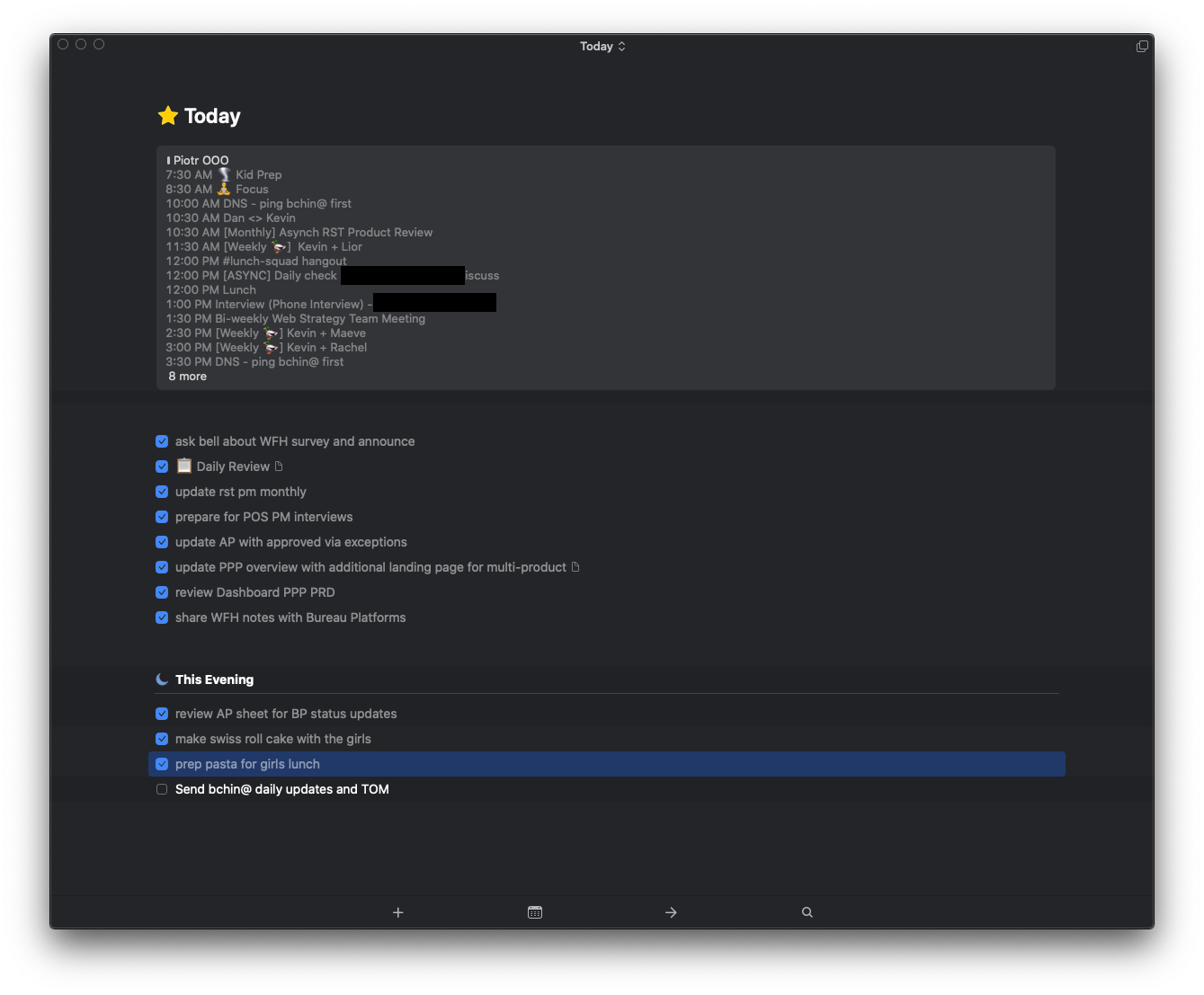


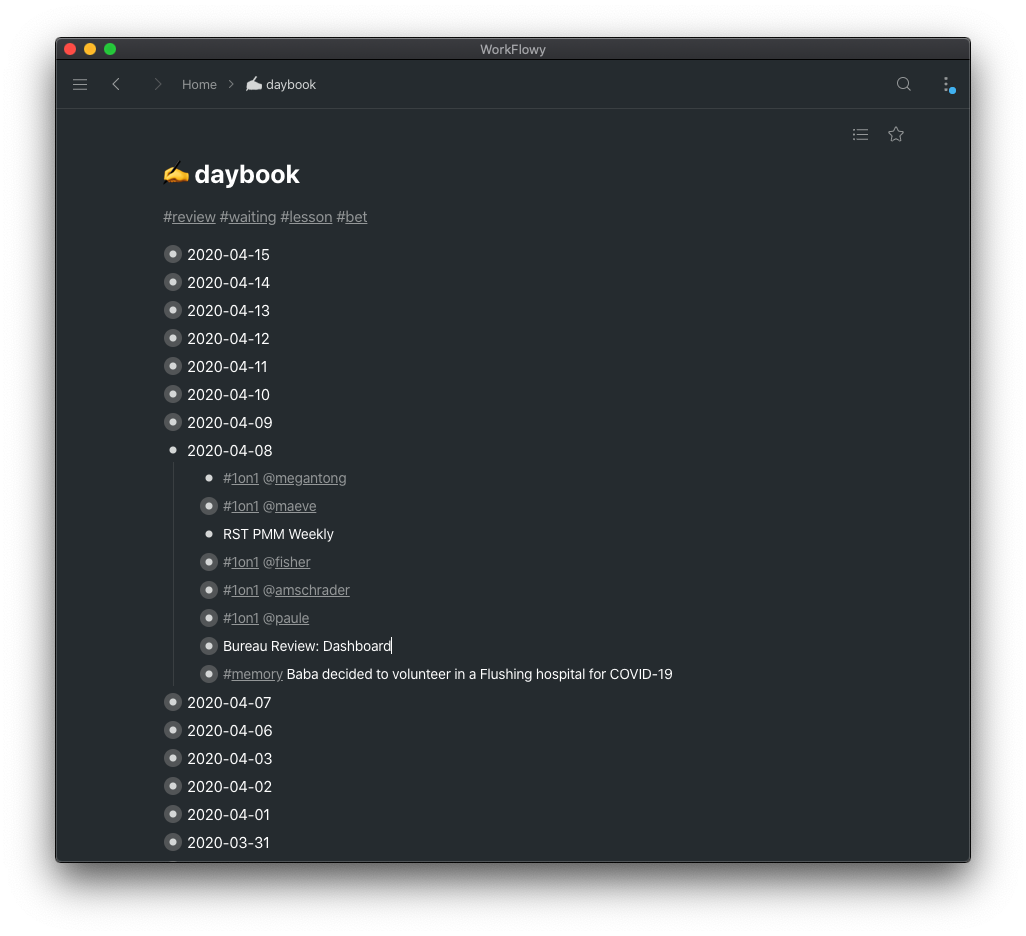

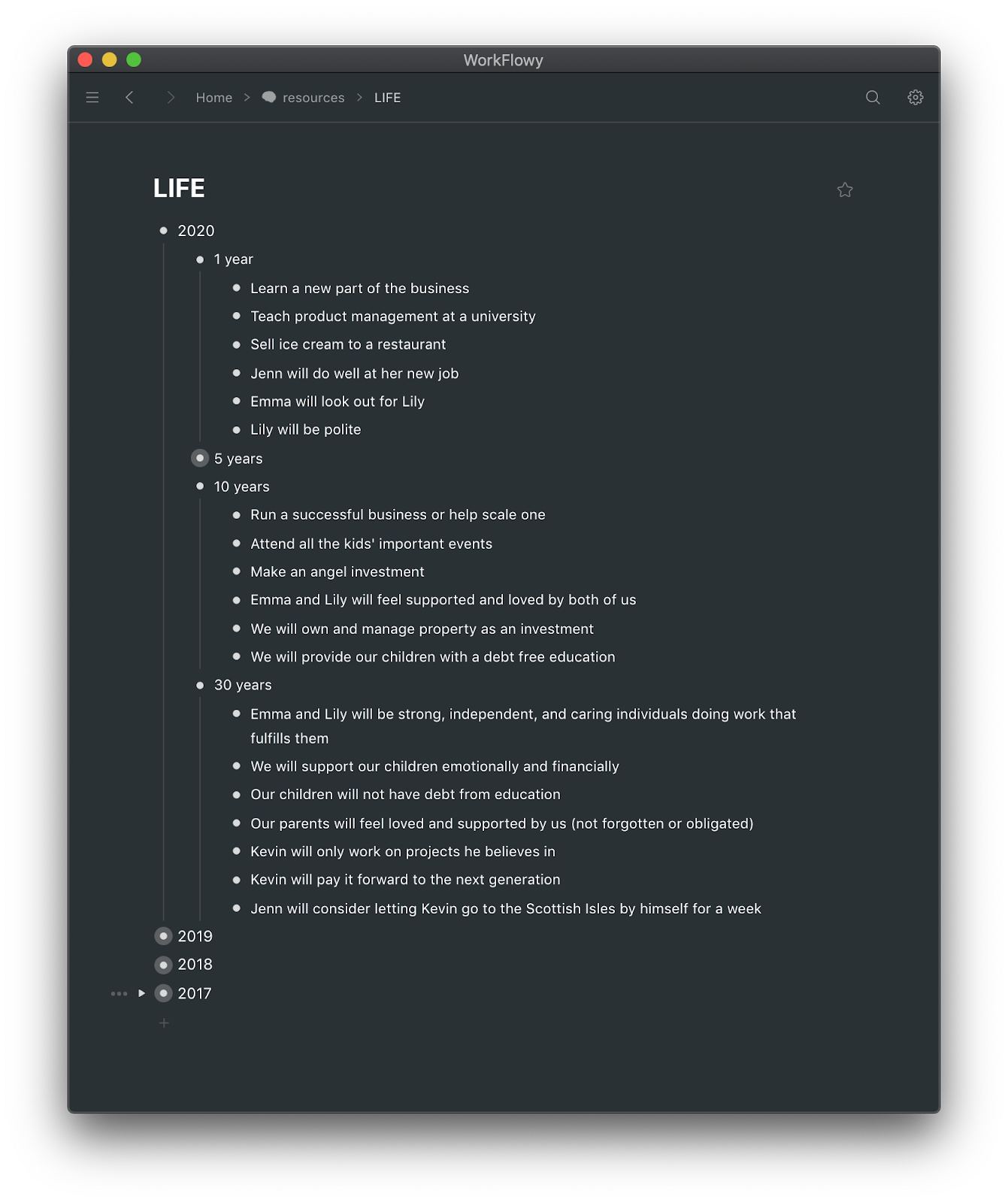
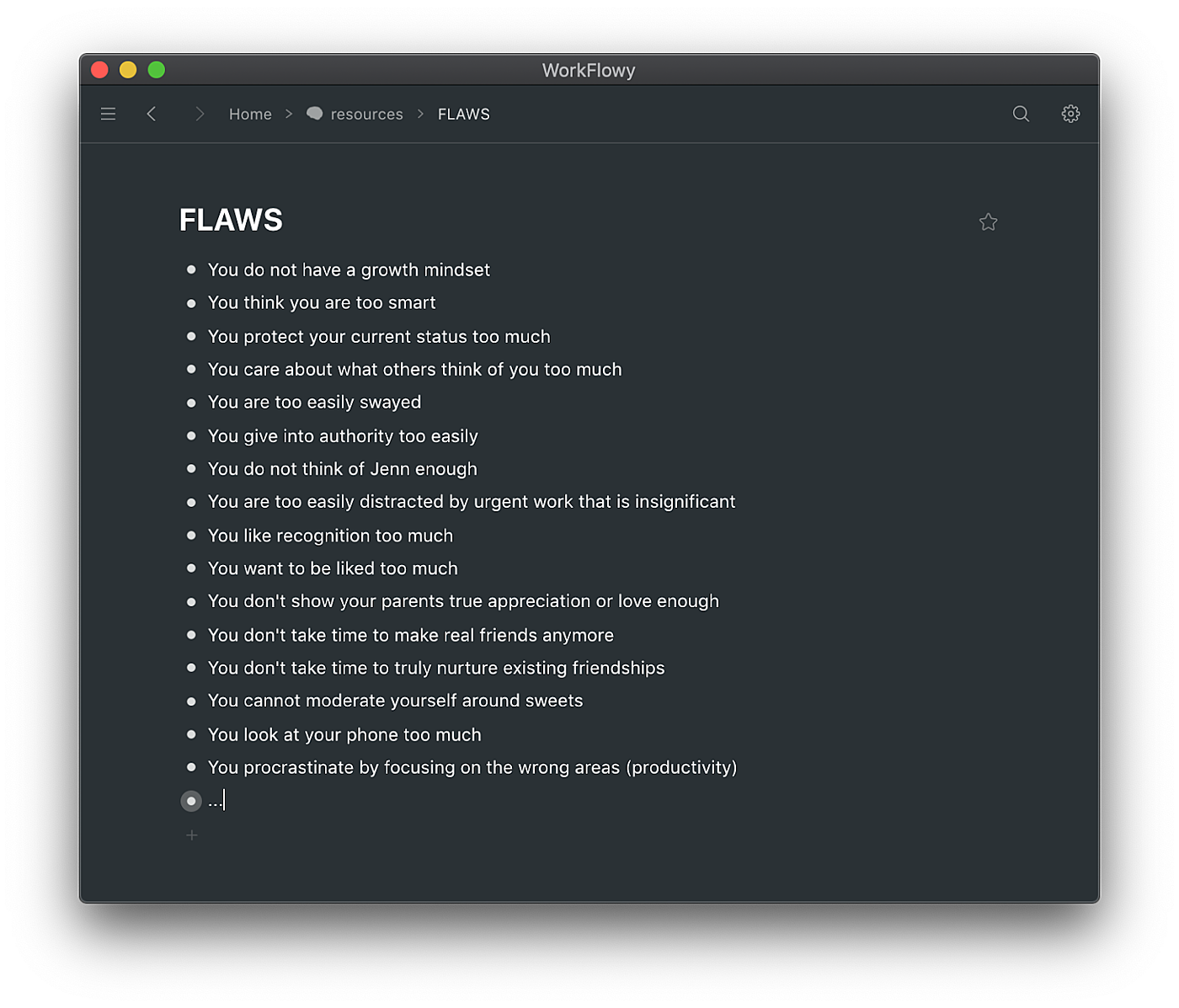

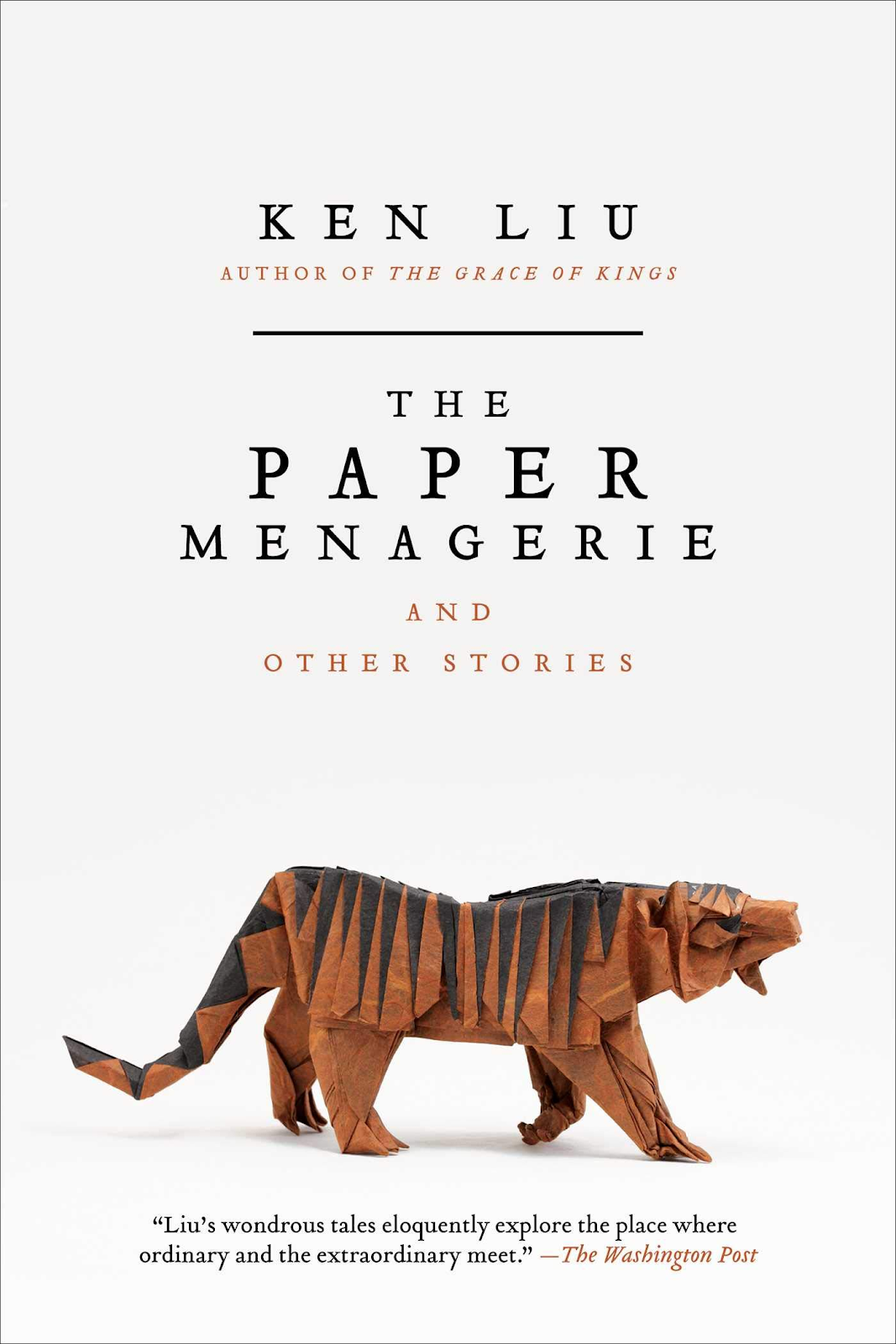










Comments
Don't have an account? Sign up!